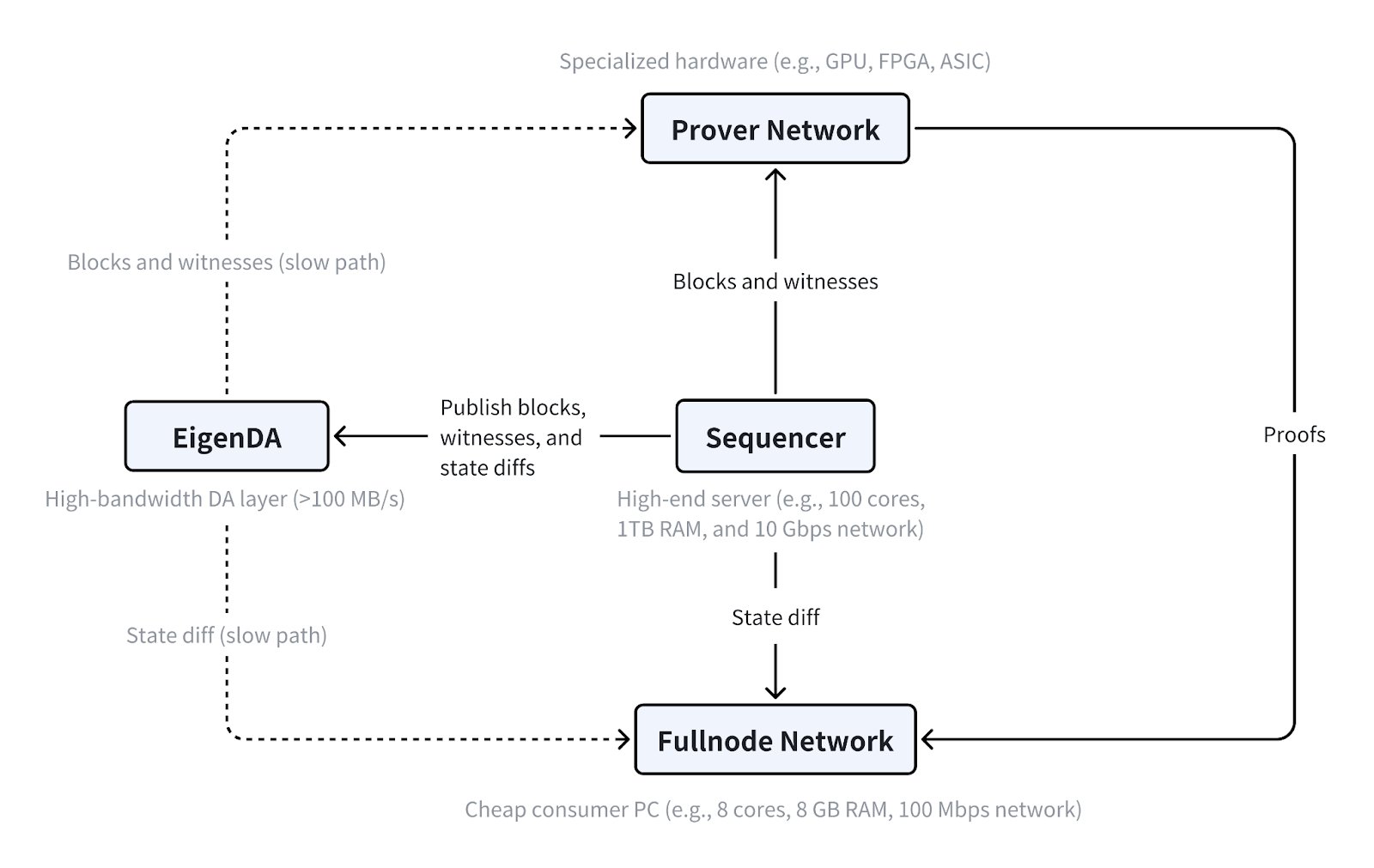Understanding MegaETH: The “Real-time Ethereum” L2 Promising 100K TPS
Jennifer Brown
@jenniferimaddi1

MegaETH, the new Ethereum layer 2 network, has quickly turned popular among crypto traders, investors and developers looking for new innovations in the DeFi ecosystem. This massive attention to MegaETH is mainly because of the latest $20M funding round, which had prominent investors like Vitalik Buterin and the VC firm Dragonfly Capital as participants. Another reason behind MegaETH’s grand welcome is its technical aspects which sets it apart from all other blockchains.
In this article, we will elaborate on what MegaETH is bringing to the table and find out why we need a blockchain like MegaETH while there are already hundreds functional. Let’s get started with simply understanding the fundamental idea behind MegaETH;
What is MegaETH?
MegaETH is a new Ethereum layer 2 network that claims to have sub-millisecond latency and the capacity to achieve over 100k transactions per second (TPS). It is branded as “real-time Ethereum” by the developer team due to its surreal transaction processing capabilities. MegaETH is designed to process Ethereum transactions as soon as they arrive and publish them in real time on the public ledger.
With the most innovative development approach, MegaETH is poised to bring web2-like data processing performance to blockchain applications. Its development is based on the modular blockchain architecture that uses Ethereum mainnet as base layer for security and EigenDA for data availability. This novel functionality puts it at the forefront in the list of recent developments in the blockchain industry. Some analysts prefer MegaETH as the “endgame for Ethereum scalability.”
How MegaETH Works?
MegaETH addresses the blockchain scalability issue known as the Straggler problem. It usually occurs when a few slow nodes within the network cause delay in block production. MegaETH introduces a new blockchain design that splits the roles of its nodes to make the system more efficient.
In the typical blockchain network, a node does all the job of broadcasting and sequencing transactions while proving its validity. Instead of doing all the jobs, nodes on MegaETH are divided into three main types: sequencers, full nodes, and provers.

According to the research from MegaETH, the sequencer primarily orders and executes transactions. There will be only one sequencer active at a time to simplify the process. Full nodes receive transactions from the sequencer and apply them without re-executing transactions, relying on proofs from provers to validate blocks. Provers check the blocks using a method that allows them to work independently and out of order.
This setup enables most nodes to partake in the validation process without requiring powerful hardware. This helps MegaETH to run more smoothly and efficiently compared to other layer 2 networks and traditional blockchains.
Below is the table explaining the requirements for running MegaETH nodes:
- CPU Memory Network Storage
- Sequencer 100 cores 1-4 TB 10 Gbps SSD
- Prover (OP) 1 core 0.5 GB Slow None
- Full node 4-8 cores 16 GB 100 Mbps SSD
** Requirements for running MegaETH nodes
One of the main benefits of specializing nodes is that each of the three nodes can have their own hardware requirements. Sequencer nodes, which handle the heavy work of executing transactions, can be run on high-end servers for better performance. Full nodes, on the other hand, do not need as much power since verifying proofs is less demanding. This approach allows for trustless and highly decentralized block validation while making block production more centralized.
Team behind MegaETH
MegaLabs is the developer entity behind MegaETH, co-founded by Yilong Li, Lei Yang, and Shuyao Kong. Li has graduated from Stanford University with a computer science PhD. Lei Yang also holds the PhD in computer science from the Massachusetts Institute of Technology. Kong is a MBA graduate from Harvard Business School and he has previously worked at ConsenSys for seven years.
MegaLabs and MegaETH gained massive attention after securing a $20M seed funding at $100M valuation in June 2024. What caught everyone’s attention is the participation of Ethereum developer and co-founder Vitalik Buterin’s contribution in this funding.
Besides Vitalik, there are several notable investors in MegaETH including Dragonfly Capital, Consensys founder Joe Lubin, Lido/Flashbots strategy lead Hasu, popular crypto trader Cobie, and Sreeram Kannan, the founder of EigenLayer. All these investors have generated significant buzz around MegaETH with highlighting its potential impact in the blockchain industry.
Conclusion
MegaETH has emerged as a groundbreaking L2 solution in the Ethereum scaling ecosystem. It has become a hot topic within the blockchain community due to its exceptional transaction speeds and innovative network design. By assigning distinct roles to nodes, MegaETH aims to achieve high performance while inheriting robust security and decentralization from Ethereum. With the strong backing from industry leaders like Vitalik Buterin, MegaETH has potential to redefine the standards for blockchain efficiency, reliability and scalability.